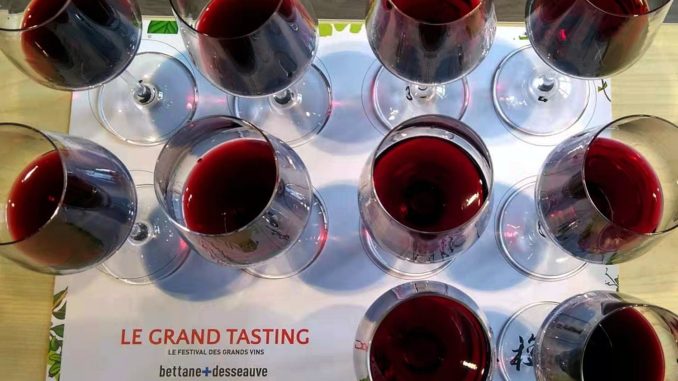
It’s about to happen! We blind-tasted 10 Chinese wines and French critic Michel Bettane is commenting on each one. Bettane reaches wine seven–it got my highest score at 16 out of 20 points–and I wait to see if he also noted vibrant fruit tamed by French oak, albeit pretty heavy wood.
His verdict?
“Atrocious,” he begins. “This is really bad oak. Bad bad oak.”
He threw more criticism at number seven– cruel, Monsieur Bettane, very cruel! — while I tasted the wine again on the sidelines.
I still liked it. Let’s agree to disagree, shall we, Michel?
This happened on Sunday in Beijing as we gathered to see how Bettane evaluates wine. I arrived exhausted from our Maovember launch party on Friday and 42-km Mao-a-thon on Saturday but happy to be trying 60-plus wines
I’ve joined quite a few tastings and contests where judges taste dozens, even hundreds, of wines to decide “medals” and scores out of 20 or 100 points. Retailers use those to sway consumers overwhelmed by the vast universe of brands and vintages.
Are they useful? Sure. Are they fail safe? Not always, with wine seven a good example for me.
Let’s leave aside how well the highly trained palates of judges connect with general consumer tastes. And the degree to which trying so many wines — with a few minutes for each — might cause fatigue.
Here are five quick notes from someone lucky enough to glance into this judging world on occasion — and who should probably spit more.
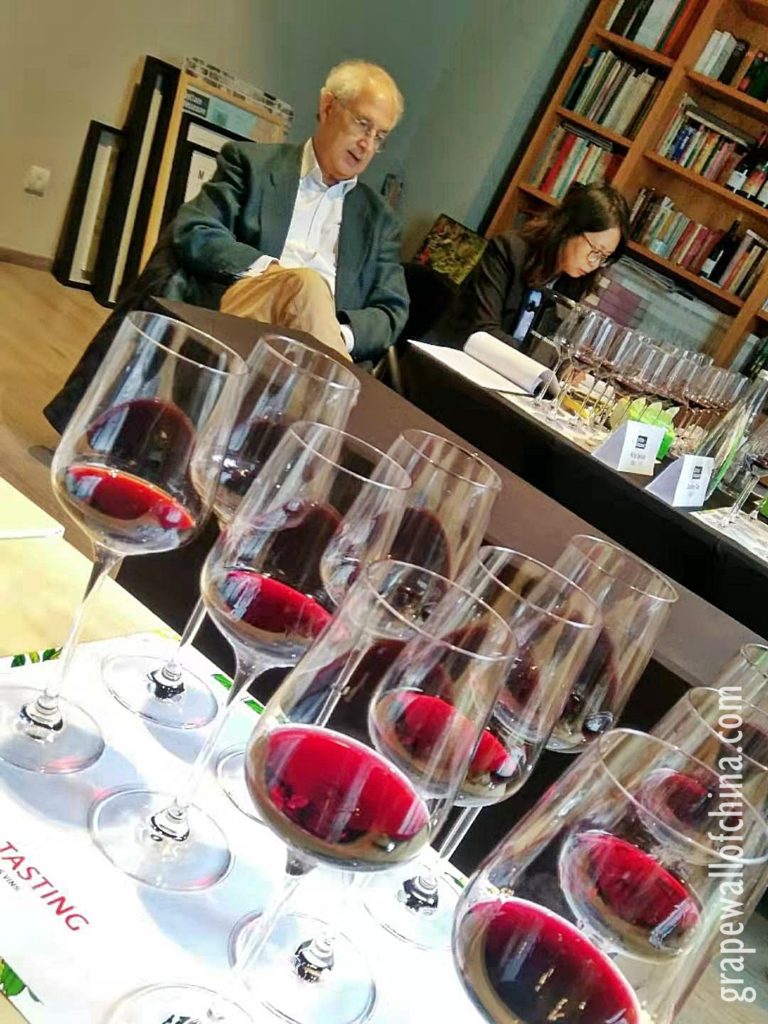
Bettane
We did indeed see how Bettane judges. His opinions on barrels (an oak-y wine is better described as “under-wined oak”), wines for aficionados versus “every man”, the importance of fruit ripeness and quality oak. He talked of seeking Chinese wines with unique styles versus those that simply remind him of French ones.
It was good to see some debate, some push back from the other judges, and occasionally from those who, like me, were tasting and observing–as well as Bettane’s counters to those comments.
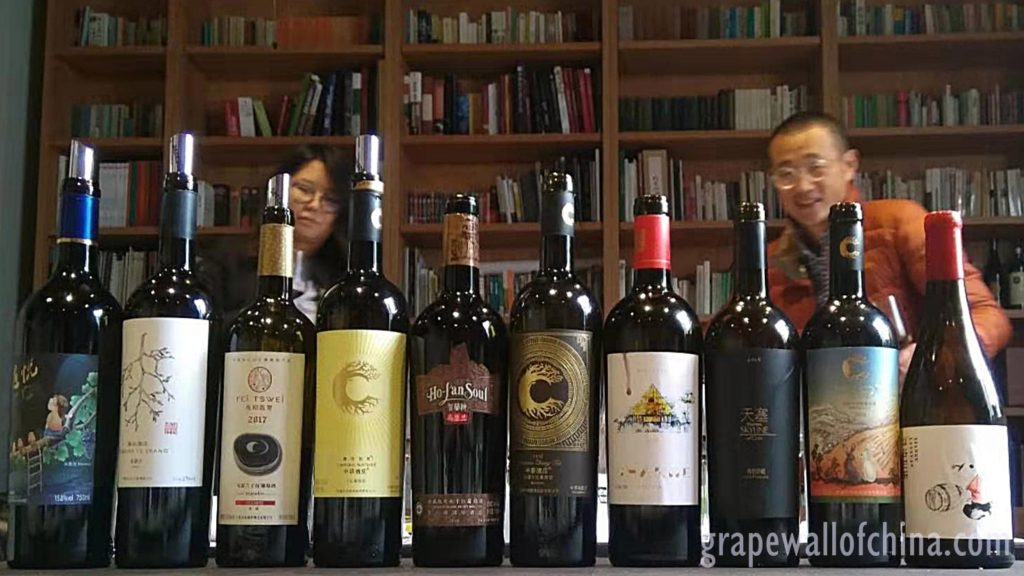
Marselan
Given I started World Marselan Day in 2018, and people are calling this variety “China’s grape”, I wanted to see Bettane’s views on this Cabernet Sauvignon-Grenache mashup created in France.
“I’m slightly disappointed,” he said and noted he found more interesting Marselans last year. Opinions included “[this one has] intensity but also vulgarity” and “strange” with a “truffle-like element.” Hmm, sounds like food pairing would be easy with that last one.
Better luck next year, Marselan makers of China! Also, for the guys who are charging over rMB3,000 (USD400+) per bottle? No thanks.
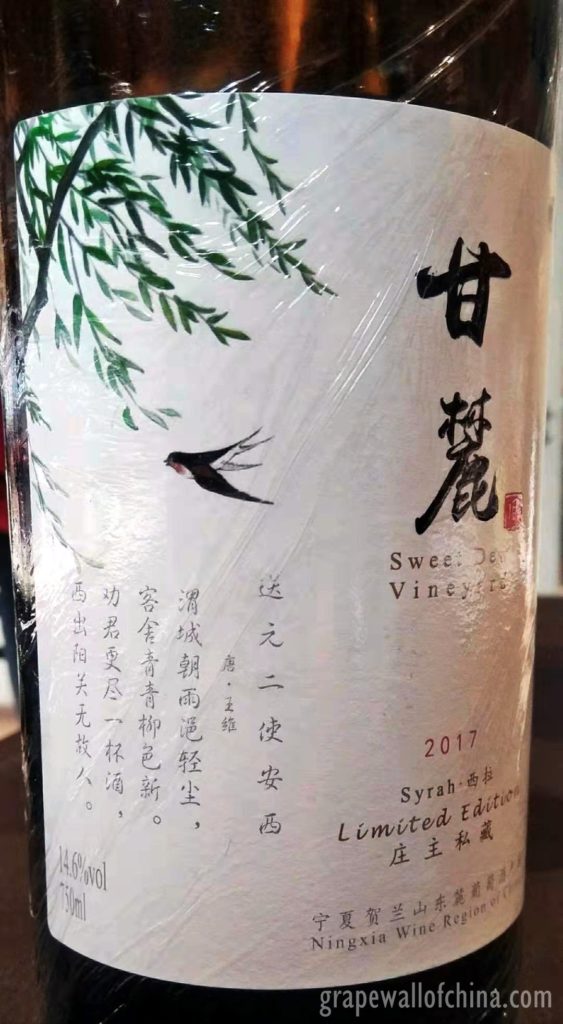
Syrah / Shiraz
My favorite flight, with a grape doing well in China, including by Grace in Shanxi and Hedong in Ningxia. (Please, Chinese wineries, much less Cabernet Sauvignon, and Cabernet Gernischt, and much more Syrah.)
My favorite was number four: vibrant, smooth and gulp-able — I wrote “young, fresh, purple” — with an attractive spiciness on the finish. Good tannins. Turns out it is from a fairly new winery, “Sweet Dew”, in the Qingtongxia region of Ningxia. Nice!
This flight received good feedback from the judges, Bettane finding all but one wine pretty good and saying “Syrah suits some places in China far more than Cabernet Sauvignon.”
Blends
I was kind of shocked to see the labels revealed for the first ten blends, especially as I gave fairly low scores for some highly regarded brands I had often enjoyed. Maybe they seemed less appealing after a flight of those pulsating-with-flavor Syrahs?
Bettane found this flight, near the end, to be the best yet, especially vis-a-vis the Cabernet Sauvignon flight. Then again, he prefers blends. (“Blending is the beginning of civilization.”) Surprisingly, several high-profile brands did not top the scores.
His overall evaluation: “Nothing yet is very great and complex but it’s heading there.” He also again stressed a desire for local authenticity. “I don’t want to find a match for France. I want to find a Chinese style.”
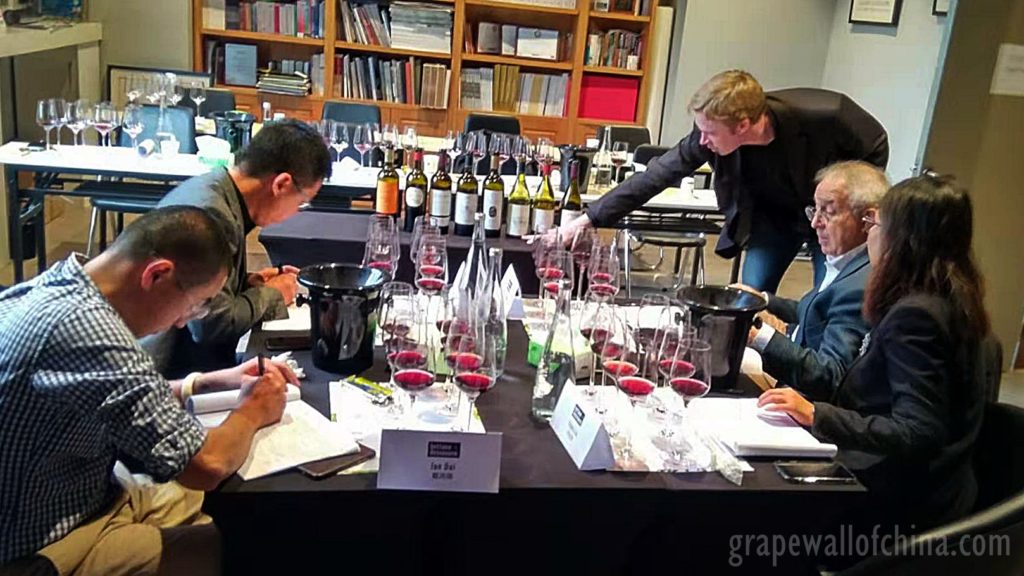
Power vs Elegance
In two flights, I found myself with a wine that went against the grain — lighter, fresher and more playful than its bigger oakier competitors. It threw me off and made me realize it would be easy to deem these less serious. (I talked to a few experts who said outliers can make judging harder.)
I did give good comments simply because I answered “drink” when I asked myself “Do I want to drink or spit these?” Turns out one was Xiao Ling from Yunnan, the other was “Deep Blue” from Grace in Shanxi, a wine I always thought oak-y but, in terms of the 2017, was lighter than most others. Anyway, it highlighted the impact of tasting order.
Overall
“The technical quality of the wines was very good,” said Bettane while pondering the 69 wines tasted, an admittedly small pour given what is now available in China. “The wine-making is very precise.”
He added that the problems of oxidization and brettanomyces are much more common in France than in what he tasted here.
Bettane also addressed what wines are produced and where in China. For example, Ningxia vines are buried each winter as protection from the dry cold.
“Vines don’t like to be pulled up and pushed down. It’s not a simple matter of putting vines in the soil,” he said. In other words, the right blend of soil, weather et al is not distributed evenly across China.
“Complexity is not democratic even in a communist country.”
Nevertheless, he said it was exciting to see the evolution of wine. He noted the potential of Syrah. And said the Chardonnay was “better and better”. He also gave a nod to Pinotage as a potential grape given it is less finicky than Pinot Noir, especially for areas with water shortages. “Why not try Grenache?” he added, especially as a wine for blending.
No matter what, however, the odds are China, like many other wine producers, will likely stick with the tried and true.
“All around the world, you can select from all of the varietals, but you will often end up with Cabernet, Merlot, Pinot Noir… perhaps Malbec.”
Note: Thanks to Guillaume Zhuang, who heads Bettane+Dessauve for China and hosted the tasting in the Tao Rantian art gallery and wine space he founded via import and distribution company Vinotache. I joined primarily because I am writing on new French wine projects in China such as Bordeaux Fete Le Vin and Shanghai Vinexpo. Zhuang also hosts monthly B+T wine events. Thanks also to the B+D team for an invitation to dinner later that night, where we had superb wines and good talks about the China scene.
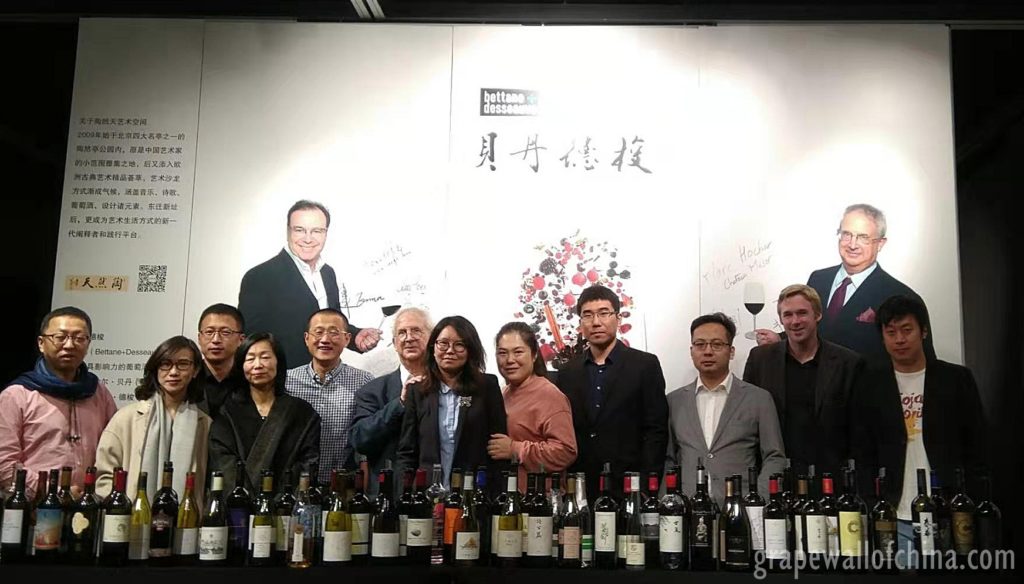
Sign up for the Grape Wall newsletter here. Follow Grape Wall on LinkedIn, Instagram, Facebook and Twitter. And see my sibling sites World Marselan Day, World Baijiu Day and Beijing Boyce. Grape Wall has no advertisers, so if you find the content useful, please help cover the costs via PayPal, WeChat or Alipay. Contact Grape Wall via grapewallofchina (at) gmail.com.
Leave a Reply
You must be logged in to post a comment.